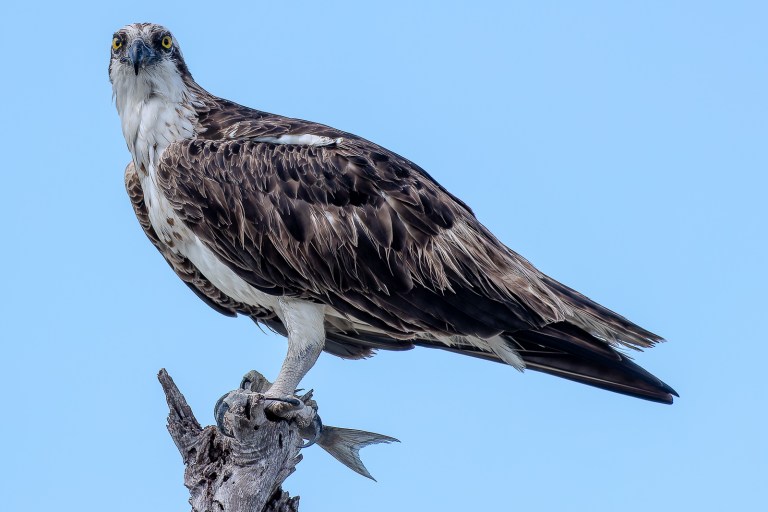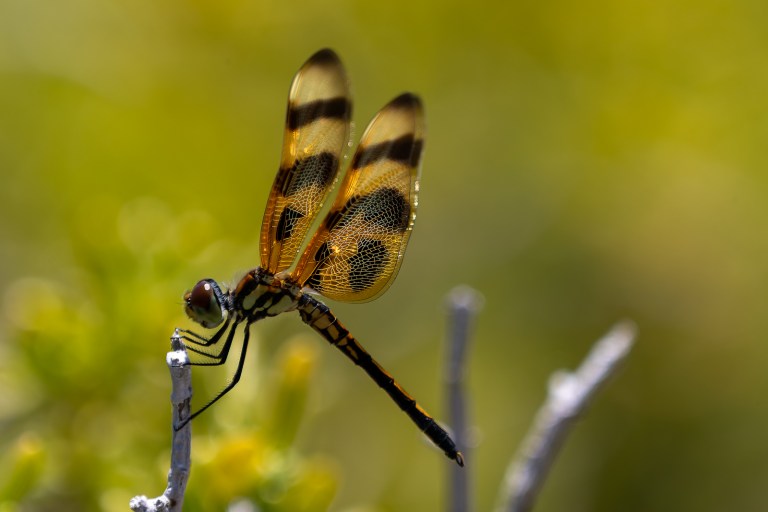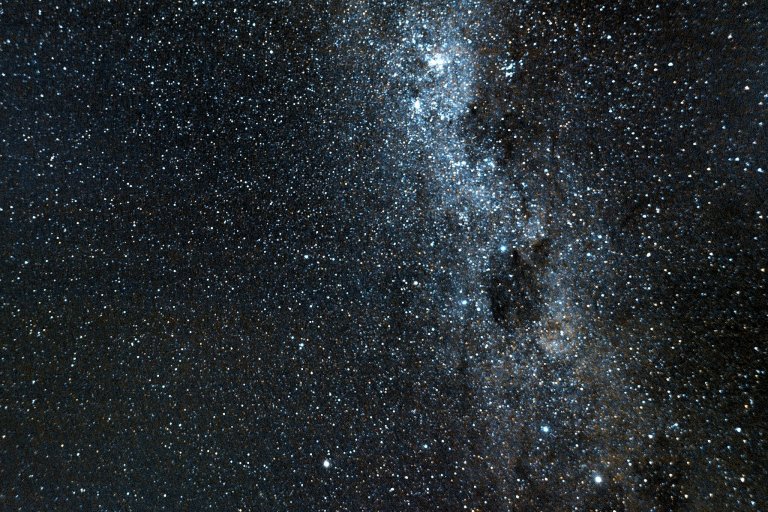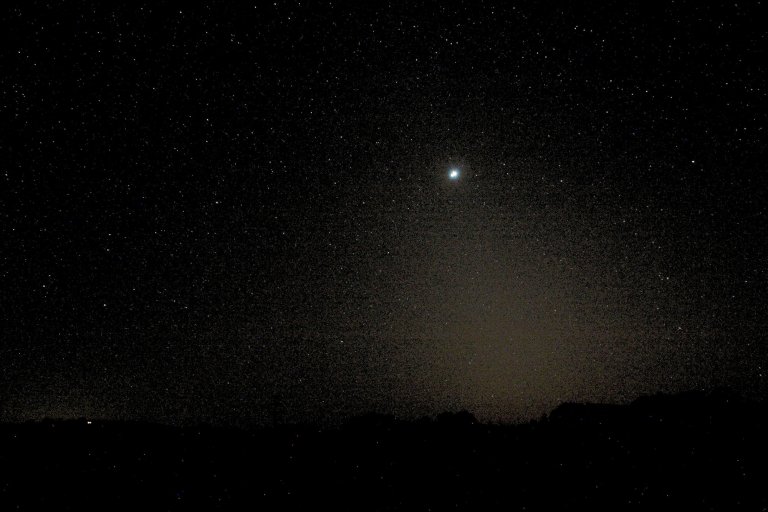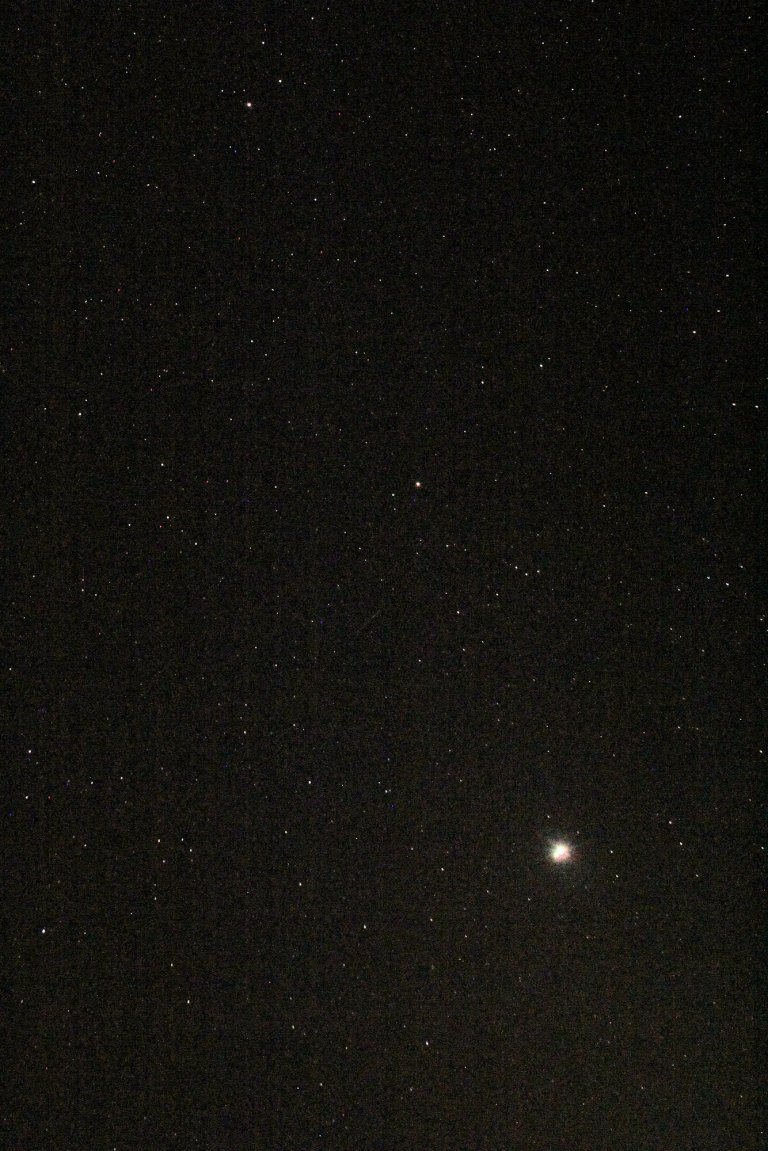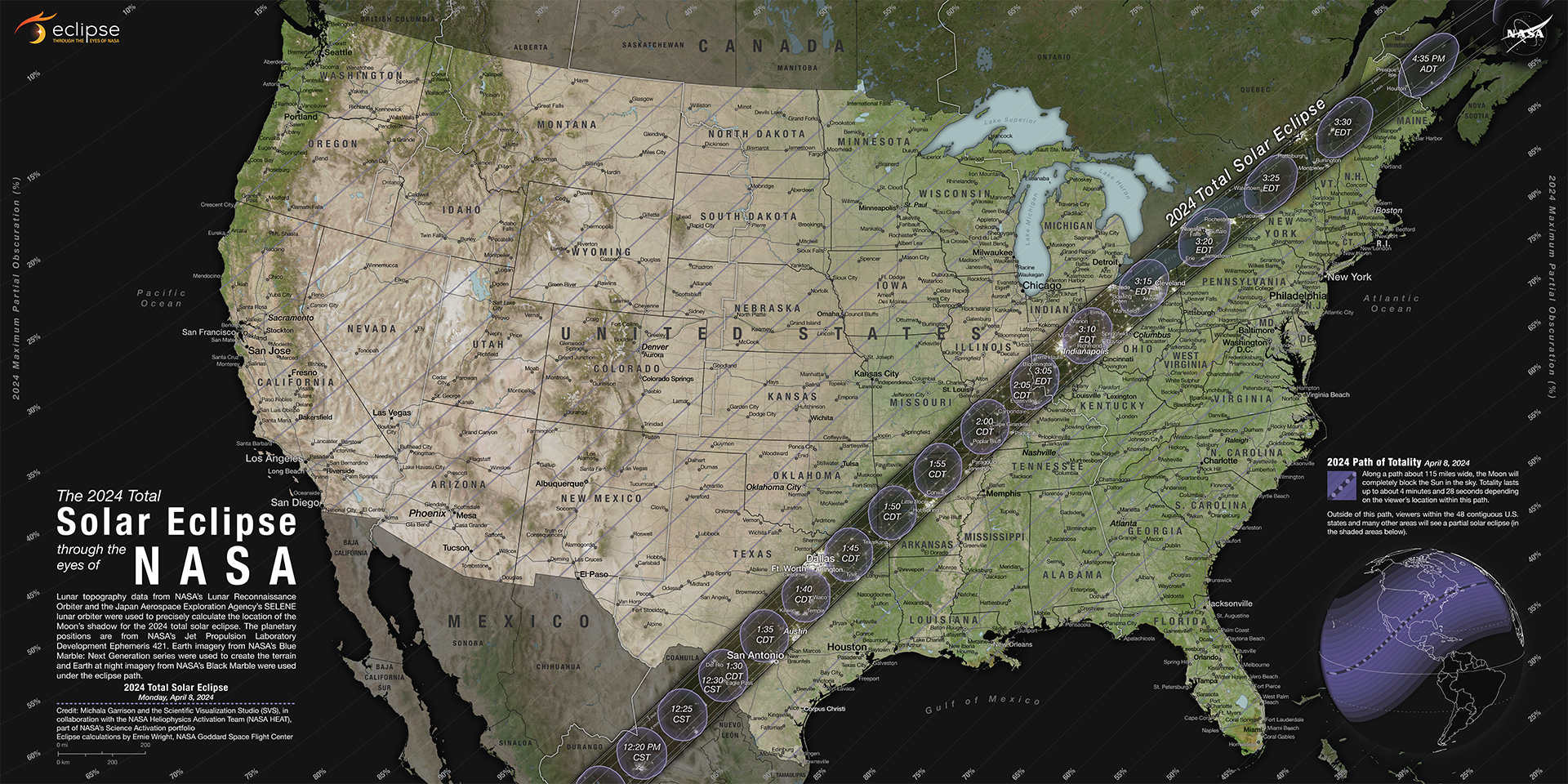Oops! Scientific American did it again, this time with an op-ed that could have been ripped from the pages of The Onion. As is so common these days, the piece proposes that we change the language of science (astronomy in this case), since some of its terms are bad in four ways:
a. They are violent, sexist, and triggering
b. They are not “beautiful and elegant” like astronomy is, but grating; and they are “not kind”
c. They are non-inclusive, presumably helping keep minorities out of astronomy.
d. They are untruthful and distort astronomy
In my view, none of these claims holds up, for the article is all Pecksniffian assertion with not a shred of evidence. Author Juan Madrid assumes the role of a bomb-sniffing dog, snuffling the field of astronomy for linguistic mines.
Click the headline below to read and weep, or find the piece archived here. The author is identified this way (my link):
Juan P. Madrid is an assistant professor in the department of physics and astronomy at the University of Texas Rio Grande Valley.

The piece begins by describing a collision that will take place, 4 to 7 billion years hence, between the Milky Way and its closest galaxy, Andromeda. Immediately the word “collision” is seen as triggering. One of Madrid’s students described the future collision instead as “a giant galactic hug.” But the person who sent me this link added this comment:
My wife says that if Andromeda doesn’t want the Milky Way to hug her then it’s interstellar sexual assault.
Indeed! But Madrid hastens to instruct us why using “collision” is not only grating, but misleading:
The kindness, but also the accuracy, of the language my student used was in sharp contrast to the standard description we use in astronomy to explain the final destiny of Andromeda and the Milky Way: “a collision.” But as astronomers have predicted, when Andromeda and the Milky Way finally meet, their stars will entwine and create a larger cosmic structure, a process that is more creating than destroying, which is what we envision when we use the term collision. A galactic hug is scientifically truthful, and it’s led me to believe that astronomers should reconsider the language we use.
First of all “collision” doesn’t mean “destroying”, but simply two objects hitting each other. In this case, two galaxies “collide”, but their stars are spread so far apart that they’ll simply merge into one big galaxy and star will not hit star. You could say “merge” instead of “collide”, but that also implies that perhaps the stars will absorb each other. If you want to convey the idea that “nothing gets banged up,” then, Madrid suggests using “galactic hug”. He actually wants astronomers, their classes, and their textbooks, to adopt this new, kind, and romantic term. (There are, of course, more salacious terms that could be used.) But they won’t be because they sound dumb, and in fact “galactic hug” is just as inaccurate as the other terms, for “hug” implies that there is some mutual enfolding, when in fact, the entities merge and do not remain separate, as humans do when they have a (temporary) hug. When Fred and Sue hug each other, they don’t merge into one person. . .
And so Madrid, combing the literature for other terms that are jarring and, he says, misleading, finds more, as of course he would. (You can do this in any field of biology, chemistry. or physics; all you need is a sufficiently diligent Pecksniff). I’ve singled out Madrid’s instances of bad language below by adding my own links, and putting those words in bold.
For instance, in galaxy evolution we invoke imagery strikingly similar to what you would expect if you were eavesdropping on Hannibal Lecter: words like cannibalism, harassment [JAC: no instance found], starvation, strangulation, stripping or suffocation. There is a rather long list of foul analogies that have entered, and are now entrenched, in the lexicon of professional astronomy. We have grown accustomed to this violent language and as a community, we seldom question or reflect on its use.
Strangulation is a particularly cringeworthy term in astronomy, referring to the decline of the number of stars born in some types of galaxies. This is a vicious crime where most often the victim is a woman; the perpetrator, a man. Yet, we use this word mindlessly to describe a slow astronomical process that takes millions of years. Under certain conditions, some galaxies use up or lose the gas that is the primordial ingredient to form stars. When that happens, galaxies make new stars at a lower rate. But these galaxies do not die or suffer great harm. They will continue to shine and will live their natural evolution.
This is but one of many examples of violent language in our field that actually describes something gradual, slow and perhaps even gentle.
Madrid was savvy enough to impute misogyny to one of these terms: “strangulation”, giving some woke heft to his thesis. But if you look at how the terms are used, only someone who wants to be offended would be. Moreover, they are not inaccurate. “Starvation“, for example, refers to something that cuts off the flow of gas that galaxies need for new star formation. I don’t find it inaccurate at all. In fact, none of these terms are inaccurate—what Madrid really objects to is that they are “triggering” and “unwelcoming”. He tries to sell his campaign to deep-six these terms as being “untruthful”, because he doesn’t want to look like an ideologue, but I’m not buying it. Also he allows “explosion” for the creation of a supernova, in most cases he finds this language “needlessly vicious and [promoting] inaccurate connotations.”
In short, Madrid finds this language triggering, for that’s the only explanation for why we should avoid this kind of “vicious” language. And, as he says below,
The use of hypercharged words in our field ignores the fact that this violent imagery can trigger distress in colleagues who might have been victims of violence.
But there are two points to be made here. First, as I noted in a recent post, giving the relevant studies, “Trigger warnings don’t work” and can even cause more trauma. There is no evidence that using this sort of language somehow harms the students. In fact, the remedy for those who are traumatized by certain words is not to avoid exposure to them, but to learn to not be upset when you are exposed. There is therapy for this.
Second, as is so often the case in these screeds, Madrid gives no examples of how the “bad language” upsets people. He should be able to produce at least a dozen cases on the spot, like “Jane got upset and left the class when she heard the word ‘strangulation'”, or “Bob reported Professor Basement Cat to the university for using the term ‘cannibalism’ on the astronomy exam, which, he said, made him think of the Donner Party and prevented him from completing the exam.” In nearly all of these language-policing articles, there is a surfeit of outrage and a dearth of examples or evidence of harm.
But Madrid circumvents the lack of evidence and simply suggests ways that we can censor this language, again pretending he’s interested mainly in scientific truth:
To shift toward more welcoming and truthful language in astronomy, scientific journals can push to change the currently accepted language. The referee, or the scientific editor, can ask the authors to consider more appropriate descriptions of the physical processes involved. Referees, editors and editorial boards can step up to enforce scientific accuracy and stop the use of violent, misogynistic language that is now pervasive. This is a call for scientific precision. The use of hypercharged words in our field ignores the fact that this violent imagery can trigger distress in colleagues who might have been victims of violence.
“Can”, “could have”, “might have”. Where are the examples of this? The sweating professor gives none. And isn’t it amazing that the more accurate language is always the kinder language?
And, as expected, Madrid manages to drag race, inclusion, and diversity into his discussion, even though none of the terms above have anything to do with race. And this belies his faux concern mainly for scientific accuracy:
As astronomers, we must strive to create a more inclusive and diverse community that reflects the composition of our society. Valuable efforts to provide opportunities for women and minorities to succeed in astronomy have been created. However, by many metrics, the progress made towards gender equality and true diversity has been painfully slow.
We must listen to the new generation of astronomers. My student showed me that while some astronomical processes can be intense, the universe revealed through astronomy provides us with the most fascinating sights known to humankind. Like many other young scientists, she thinks that when we explain astronomical phenomena with wording and phrases that share our excitement and appreciation, it also encourages others to join in and wonder what else we can discover together.
The universe is beautiful, elegant and ever-changing. Astronomy would be wise to follow its lead.
And so, in the end, we see that this kind of misguided effort, concentrating on words rather than science itself, is part of the corruption that has entered science via DEI and its ideology. What we have is one more attempt to control thought by controlling language.
There is no evidence that minorities and women are being kept out of astronomy because they don’t find its language “inclusive,”, though that’s really the thesis of Madrid’s piece. But the very idea that this thesis is true is laughable. Promoting the idea that galaxies hug each other is not going to bring people pouring into astronomy.
Once again Scientific American, trying to ride the woke bandwagon, has fallen off the train. Blame not only the author, but the editor, who actually approved this nonsense.





